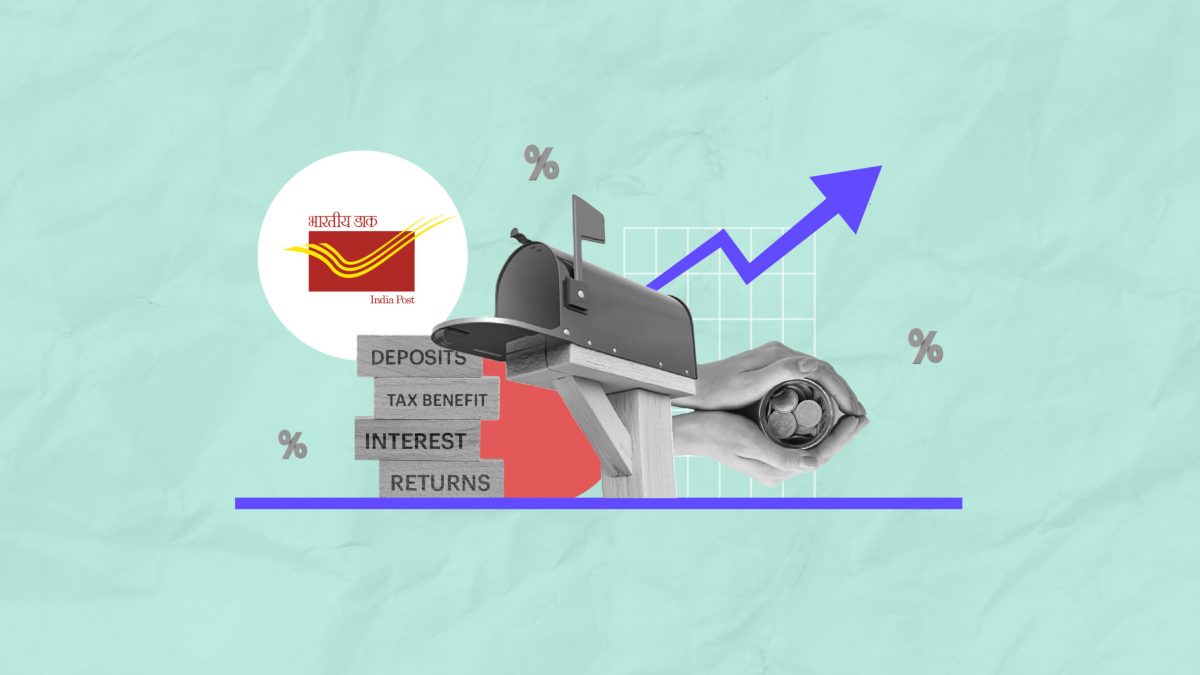We’ve all heard the advice: park your emergency fund in a safe, accessible place. For many, a Post Office Term Deposit (POTD) seems like the perfect solution. It’s government-backed, offers attractive interest rates, and feels incredibly secure. But what happens when that security becomes a cage, and a real emergency hits?
Let’s break down the hidden complexities of using a POTD for your emergency fund, and why it might not be the safe haven you think it is.
The “Safe” But Inaccessible Locker
Imagine you’ve diligently saved ₹5,00,000 for a rainy day and invested it in a 5-year POTD at an attractive interest rate of 7.5% per annum, compounded quarterly. The plan is simple: let it grow, and only touch it if you absolutely have to.
Now, let’s fast forward to an unexpected medical emergency just two and a half years into your investment. You need that money, and you need it now. You head to the post office, confident you’ll get your money back, but that’s where the real trouble begins.
The Penalty Trap
Here’s how the premature closure rules for POTDs work, and they are anything but straightforward:
You can’t touch it for the first six months. This is a hard lock-in period. If your emergency hits before this, you’re out of luck.
Withdrawal between 6 months and 1 year: The interest rate for your 5-year deposit is completely gone. You’ll only receive simple interest at the rate of a Post Office Savings Account, which is currently a mere 4%.
Withdrawal after 1 year: This is where it gets particularly tricky. You’ve completed two full years of your 5-year deposit and are halfway through the third. The rules state that for the completed years (in this case, two years), the interest rate will be 2% less than the original POTD rate for that tenure. For the remaining part of the year, the post office savings account rate will apply.
In our example, the original rate for a 5-year POTD is 7.5%. However, since you are closing it after two completed years, the interest for those two years will be calculated at the rate for a 2-year POTD, which is 7.0%, minus a 2% penalty. So, the interest for the first two years is calculated at 5.0% (7.0% – 2%). For the remaining six months, the 4% savings account rate applies.
Taxation: The Double Whammy
The penalties are just the beginning. The interest you earn on a POTD is subject to income tax. A significant problem with these schemes is that taxes are often paid annually on the cumulative interest, even if you haven’t received the money. This can be a major burden, especially for someone in a higher tax bracket.
Let’s look at the financial impact of our emergency scenario:
Principal Investment: ₹5,00,000
Original 5-Year Rate: 7.5% p.a. compounded quarterly
Withdrawal after 2.5 years
Without the premature withdrawal, your interest at the end of two years would have been approximately ₹78,750. As this amount exceeds the ₹40,000 threshold, the post office would have deducted TDS (Tax Deducted at Source) at a rate of 10% (assuming you provided your PAN), which is ₹7,875. You’ve already paid this tax on income you are now set to lose.
Now, let’s see what happens with the penalty.
For the completed two years: The interest is re-calculated at 5.0% instead of 7.5%. The compounded interest for this period would be approximately ₹51,900.
For the remaining six months: The interest is calculated at the simple interest rate of 4% on your principal. This comes to about ₹10,000.
The Real Returns: A Sobering Reality
Your total interest earned after penalties is ₹61,900 (₹51,900 + ₹10,000). But remember, you already paid ₹7,875 in taxes on a much higher, pre-penalty interest figure.
The net amount you get back is your original principal, plus the new, lower interest, minus the tax already paid.
Principal: ₹5,00,000
Actual Interest Earned: ₹61,900
Total received: ₹5,61,900
Tax already paid: ₹7,875
This doesn’t even account for the additional tax you will owe if you are in a higher tax bracket, as the interest is added to your total income for the year. You’ve not only earned less, but you’ve also paid tax on income you never truly received. The taxman doesn’t refund the difference easily.
The “safe” investment has turned into a financial headache, leaving you with less money than you thought you had, right when you need it most.
The Takeaway
While Post Office Term Deposits are a secure option for long-term, non-emergency savings, they are a poor choice for an emergency fund. The complex rules and severe penalties for premature withdrawal, coupled with the annual tax on accrued interest, make the process cumbersome and financially detrimental.
For a true emergency fund, prioritize liquidity and easy access. A high-yield savings account or a liquid fund that allows for instant withdrawals without penalty might not offer the same high interest rate, but it will save you from the costly penalties and tax complications that can turn a simple emergency into a major financial crisis.





